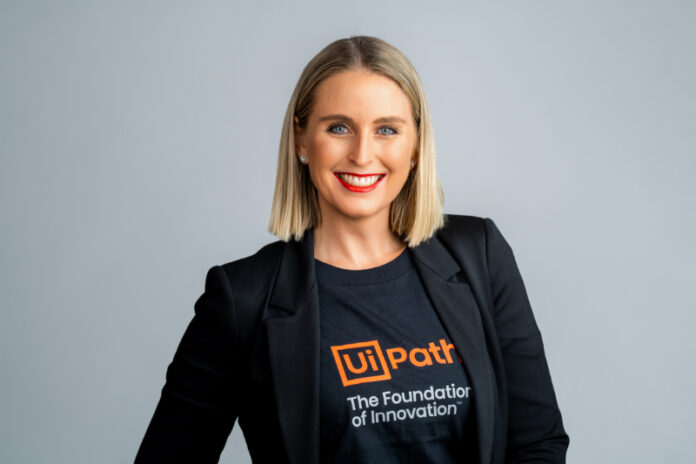Once labour-intensive, Singapore’s manufacturing sector is increasingly becoming more innovation-driven as we embrace the Industry 5.0 era. At the heart of this change is a combination of AI and automation, which continues to revolutionise production and drive efficiency in manufacturing processes.
Innovative predictive maintenance systems can analyse data from sensors and equipment to predict machine failure. AI algorithms can evaluate extensive data sets such as market demand forecasts and supply chain information to improve production planning. New context-grounding capabilities are even enhancing the accuracy of AI models in manufacturing firms. Leveraging context derived from company-specific data sets empowers manufacturers with improved quality control, production efficiency, supply chain management, and maintenance operations.
However, despite these advancements, challenges persist. Issues such as unclear improvement strategies resulting from inadequate data insights, inefficient inventory tracking, and occasional resistance from frontline operators towards adopting new technologies hinder Singapore’s manufacturing industry. These challenges prevent the industry from fully embracing the potential of AI and automation. With Singapore’s ambitious goal to increase manufacturing value-add by 50% over the next decade, manufacturers need to better leverage innovation to drive sustainable growth. A combination of upskilling, technology, and strategic partnerships can pave the way forward.
Laying a solid foundation for innovation across organisations
A combination of AI and automation can help automate repetitive tasks and enable employees to focus on more meaningful work. A recent UiPath survey underscored this sentiment: 81% of Singapore respondents believe that business automation solutions can mitigate burnout, enhance job satisfaction, and empower them to perform their roles more effectively. For the manufacturing industry, AI has the potential to anticipate customer needs, predict demand, optimise supply chain logistics, and enable production units to become self-healing and self-learning — freeing human resources to concentrate on creative tasks and strategic oversight and driving organisational innovation.
In Asia, we are already seeing manufacturers leveraging new technology to drive efficiency and innovation in manufacturing operations. For instance, food manufacturer Ajinomoto Thailand has been using a combination of automation and AI to streamline Microsoft Excel and data entry processes. Since 2019, Ajinomoto Thailand has implemented 20 automation processes that have reduced the time spent on tasks such as their daily cash flow report and recording impairment fixed asset processes by up to 98%. This newfound efficiency has not only bolstered productivity but also fostered a culture of innovation, paving the way for greater receptivity to more advanced automation initiatives.
While adopting new innovation is a step in the right direction, doing so without considering ethics can lead to unintended consequences for manufacturers. As manufacturers increasingly adopt AI applications, there is a risk that the data users share with businesses could be used for training and subsequently accessed by other users. This data can include personal information such as names, addresses, and financial data. The collection and processing of such data can raise concerns around data privacy and security, undermining organisational integrity. It is critical for manufacturers to balance innovation with guardrails and mechanisms to mitigate risks such as privacy concerns, bias, and data security.
Bridging the digital skill gap
Increased adoption of AI and automation in manufacturing processes requires proficiency in digital skills, including coding, big data analytics, and application support. This talent gap is exacerbated by Singapore’s shrinking labour force due to declining population growth and the looming silver tsunami – with approximately one in four citizens expected to be aged 65 and above by 2030.
Hence, Singapore’s manufacturing sector faces significant operational challenges as it navigates the dual pressures of technological transformation and a shrinking workforce. Job redesign and workforce reskilling are now imperative to cope with technology-driven manufacturing processes and meet new skill demands in Industry 5.0. The government has taken proactive steps to support manufacturers in upskilling their employees through initiatives such as the recently launched “Workforce Upskilling Playbook for the Machining and Molding Industry Sectors 2024,” which offers a clear strategy for engineers, specialists, and operators to embrace new competencies.
Beyond government initiatives, manufacturers must learn to reconfigure their organisational structures, including non-tech functions such as customer service, sales, and human resources, which serve as the backbone of organisational ecosystems. Adopting a combination of AI and automation should not be merely viewed as a reaction to industry challenges, but also as a catalyst for addressing talent gaps. Reconfiguration helps Singapore’s manufacturing industry cultivate and retain a highly skilled and adaptable workforce while enhancing productivity, reducing downtime and maintenance costs, and fostering innovation in manufacturing processes.
Collective effort for digital transformation
Digital transformation within the manufacturing sector presents unique challenges that require collective effort from all stakeholders — workers, employers, and the government alike. Encouraging manufacturers to invest in human capital development fosters growth in the industry, while also empowering workers to be accountable in their own career and learning journeys.
According to a survey by Indeed, over two-thirds of employees in Singapore are planning to upskill this year amid the growing adoption of AI in workplaces. It is encouraging to see Singaporeans taking proactive measures to avoid being left behind as industries such as manufacturing become more innovation-driven.















